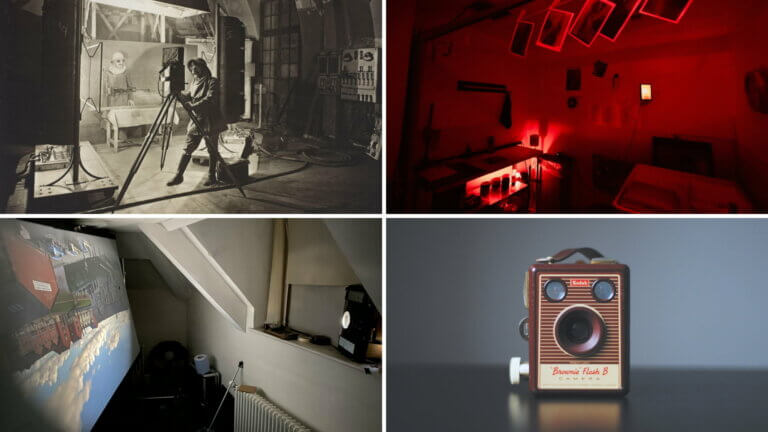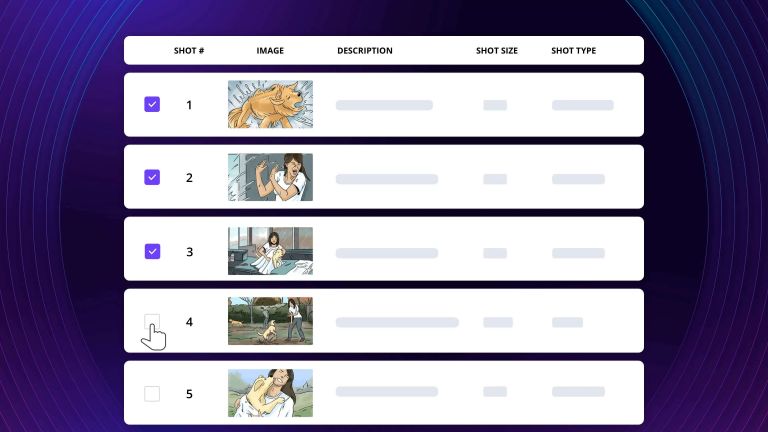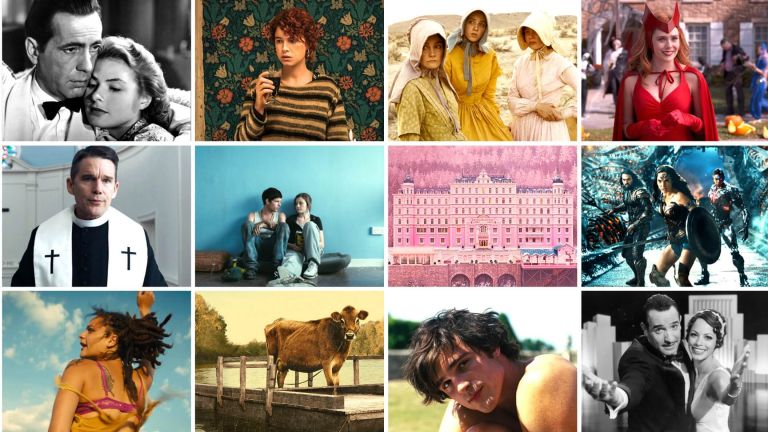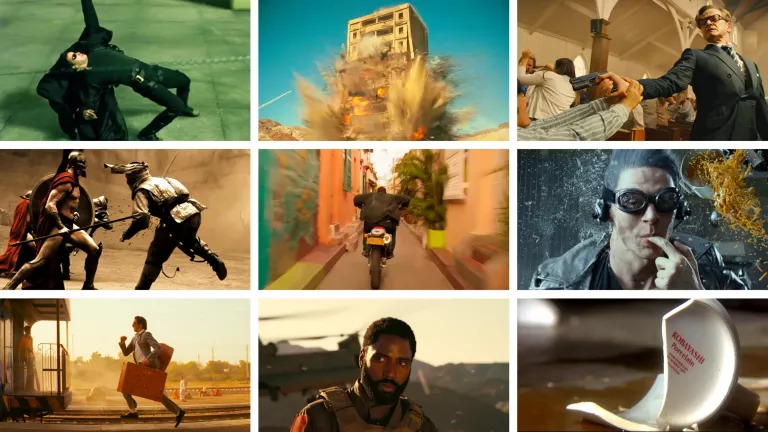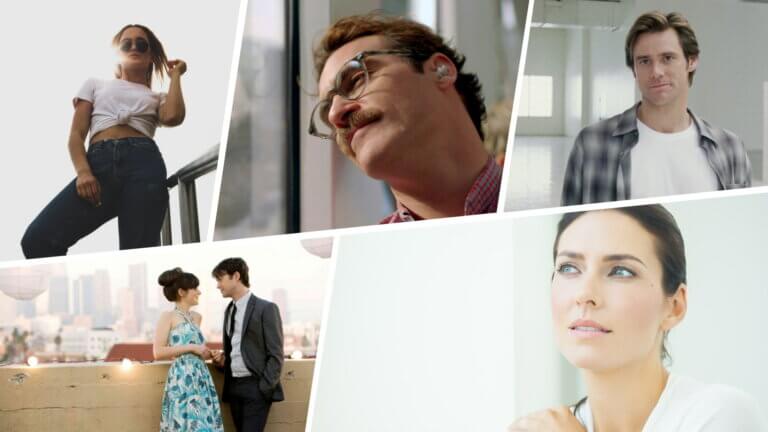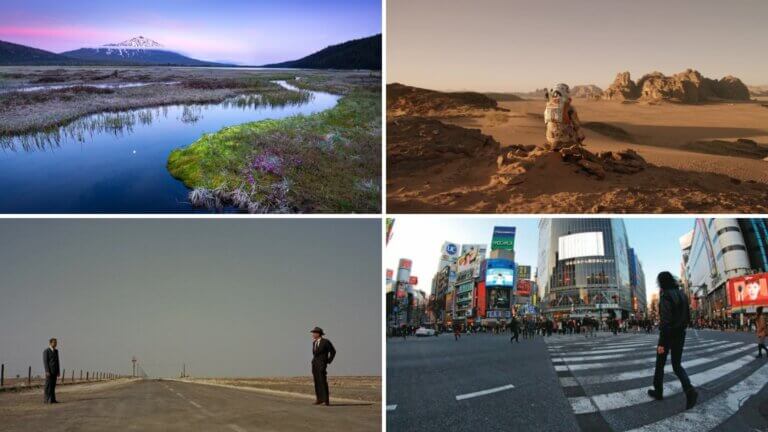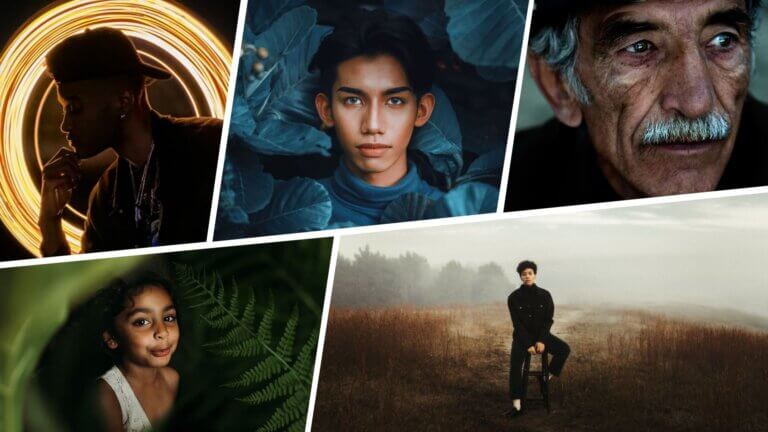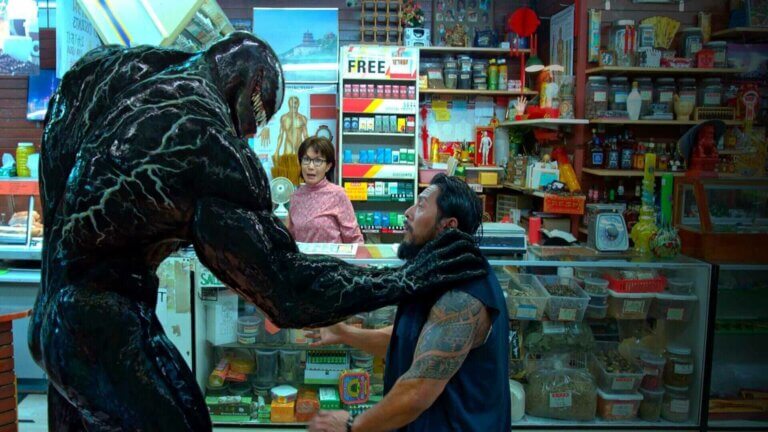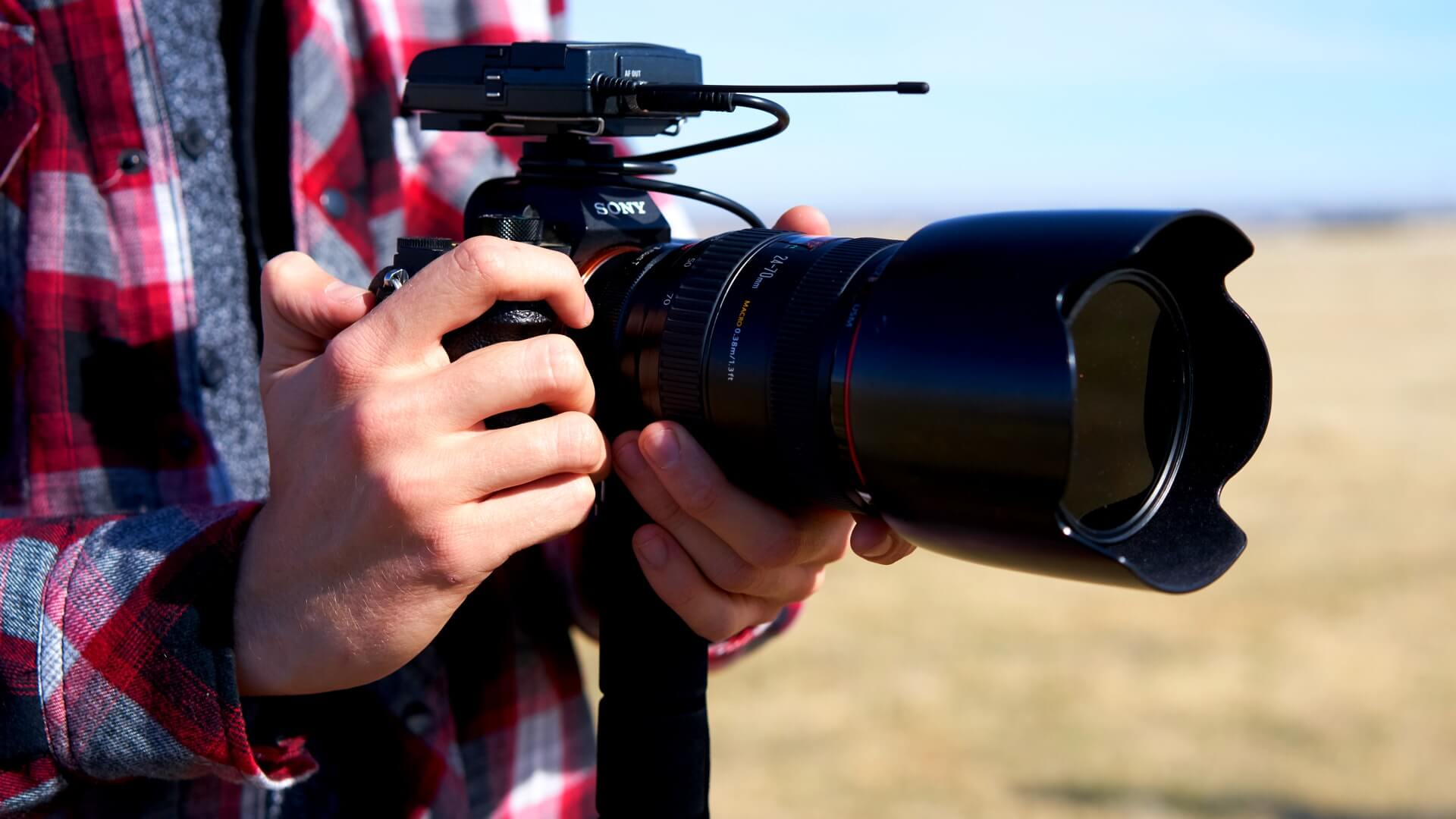At one point or another, we have all asked the question: when was photography invented? We know it was sometime in the distant past, just not exactly when. That’s because photography has a long history, dating all the way back to the 5th century BCE. We’re going to look at the history of photography to better understand its processes and date of invention. Ditch your textbook and grab your camera obscura as we dive into the world and history of photography!Continue reading When Was Photography Invented — A Quick History Lesson
Planning a shoot can be scary. There are countless moving parts and decisions you have to make– and the same goes for being on set. So any way you can make your life easier during the process can be vital. This is where shot lists come in. In this post, we’ll look at how to make a shot list and why it’s important to have. Continue reading How to Make a Shot List in 8 Steps — Process Explained
Long ago, when all television screens and computer monitors looked alike, they shared the same aspect ratio of 4 by 3. It dominated the way early cinema and television looked, but it was not meant to last. In the 21st century, new and emerging technology has resulted in more aspect ratios, like 16:9, leaving 4:3 as somewhat of a relic. But what is 4:3 aspect ratio, how did it get started, and why has it started popping up again in some movies? Continue reading What is 4:3 Aspect Ratio — And Why Do Filmmakers Still Use It?
Everyone loves a good slow-motion scene or a shot that speed ramps into an interesting moment. The key to these types of videos begins with understanding and controlling frame rate. What is frame rate and why is it important? We’ve done the legwork, and put together the best information to explain frame rate, frames per second (fps) and the ideal video frame rate. Once you’ve finished this complete guide, you will have the knowledge to properly control frame rates, and create your own slow-motion, fast-motion, and speed ramped videos. Let's jump in!Continue reading What is Frame Rate? A Filmmaker’s Guide…
One of the best ways for filmmakers to visually create a cohesive and intentional film tone is through lighting. The best cinematographers in the industry have a great understanding of the relationship between lighting and story. High key lighting has a long history in the world of film and television for both logistical and artistic reasons. While there may be some debate to the effectiveness of high key lighting versus more dynamic lighting techniques, it may surprise you to know that one of the pioneers of dramatic, low-key lighting also pioneered the use of high key lighting in television. Who is…
The benefits of using a wide angle camera lens can be found in the work of some of the best filmmakers from Steven Spielberg to Roman Polanski to Stanley Kubrick. What is a wide angle lens used for? The answer to that varies. Wide angle lenses can create visual and psychological effects depending on how they are used. Understanding these different effects is a great way for any filmmaker to learn how to make a scene more immersive. Before we dive into when to use a wide angle lens in film, you may be wondering “What is a wide angle…
Special effects in film are a crucial component of modern movie-making. They have the power to transport audiences to fantastical worlds, create realistic portrayals of historical events, and add an emotional depth that enhances storytelling. In this article, we will explore what special effects are in film, the different types of special effects that exist, their history in cinema, and their impact on modern-day filmmaking.Continue reading What are Special Effects in Movies — History & Types Explained
Portraits existed long before the invention of photography. Far before there was a camera even to take a photograph, rulers and monarchs hired painters to paint their own portraits. Today, portrait photography has taken the place of this tradition.Continue reading What is Portrait Photography — Types, Styles, Concepts & More
If you’re a filmmaker of any kind, you need to know the rules of cinema and video production. Understanding these rules give you control over your images.One of the most important rules to know is the 180 degree rule.Continue reading What is the 180 Degree Rule in Film? Crossing the Line with Purpose
Every choice you make as a filmmaker will change your footage. Some choices are bigger than others, one of which is focal length.Continue reading Focal Length: An Easy Guide to Using and Understanding Camera Lenses
